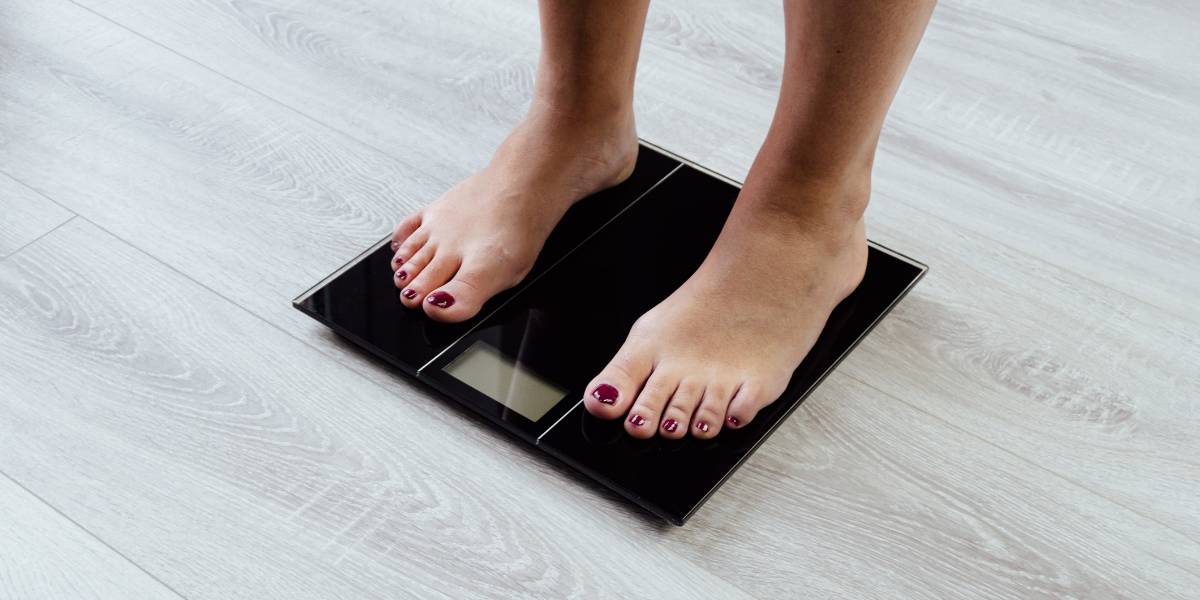People who regularly engage in physical activity during their leisure time are less likely to develop type 2 diabetes compared to those with a sedentary lifestyle, scientists have said.
Over the past 10 years, the number of type 2 diabetes cases has doubled, sparking major concerns for public health.
Lead author Anna Stage said: “The World Health Organization (WHO) states that physical activity contributes to preventing and managing noncommunicable diseases such as cardiovascular diseases and type 2 diabetes.
- Lowering weights rather than lifting them could help cut gym time, study shows
- Going to the gym improves your mental health
- Health apps increase the likelihood of staying active and improving health
“The current WHO physical activity guidelines do not distinguish in which domains (e.g., work or leisure time) the recommended physical activity takes place.”
She added: “Our findings revealed that while leisure-time physical activity demonstrated a significant protective effect on type 2 diabetes incidence regardless of occupational physical activity level, no similar benefits were observed for occupational physical activity, suggesting that the ‘Physical Activity Health Paradox,’ which refers to the contrasting associations of physical activity during leisure time and occupational physical activity with cardiovascular disease, may also apply to type 2 diabetes. Currently the evidence is inconsistent and scarce.”
In the trial, the team of researchers from Denmark looked at the health data of 5,866 working adults.
Each participant underwent a physical examination and filled in a survey on their occupational physical activity and leisure-time physical activity.
The study has suggested that participants who used their leisure time to engage in moderate to vigorous intensity physical activity are less at risk of developing type 2 diabetes compared to those who engaged in more sedentary activities, such as reading or watching TV.
- Staying active could help reduce risk of death linked to long periods of sitting
- Study shows outdoor physical activity can combat type 2 diabetes and depression
- Be more active in the day to enjoy better sleep
Anna Stage explained: “It is noteworthy that the WHO recommendations on physical activity do not distinguish between work and leisure time, hence sending a potentially misleading message that daily physical activity accrued during work hours is sufficient to comply with current activity guidelines.
“However, our findings along with those of others underscore that leisure-time, not occupational, moderate to vigorous physical activity seems to reduce the risk of incident type 2 diabetes, other noncommunicable diseases, and all-cause mortality.”
Read the full study in the American Journal of Preventive Medicine.




